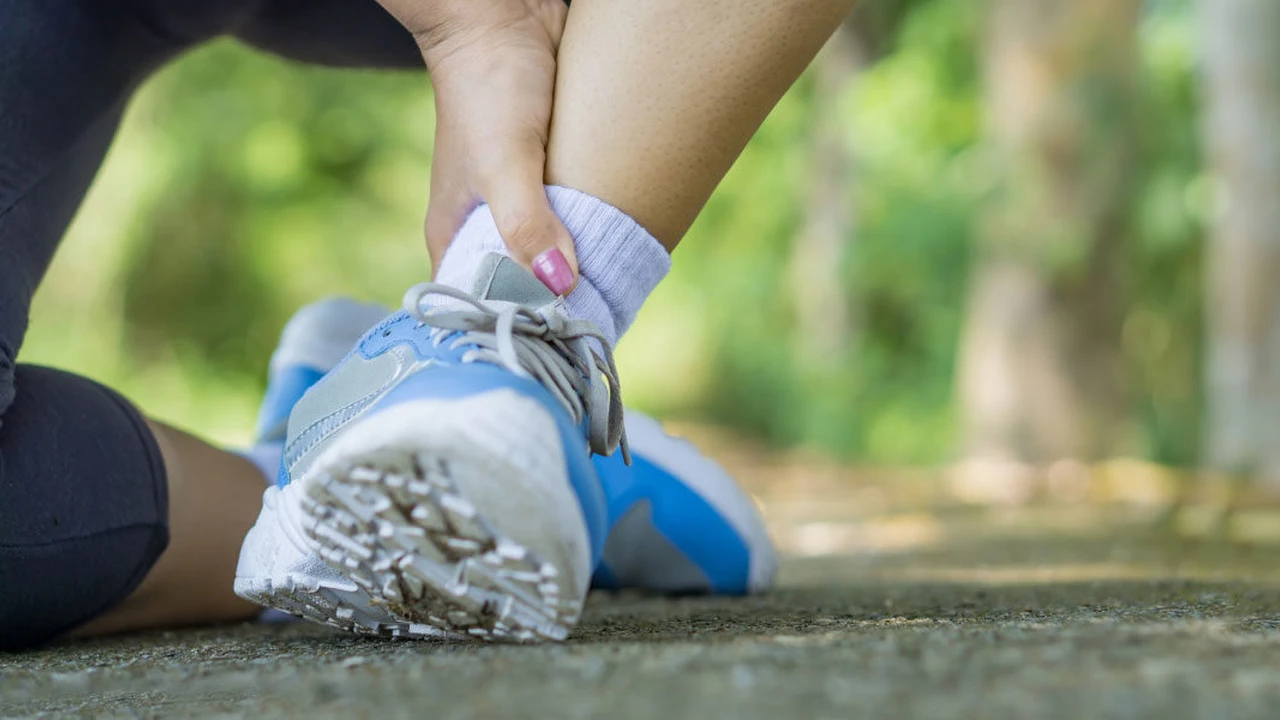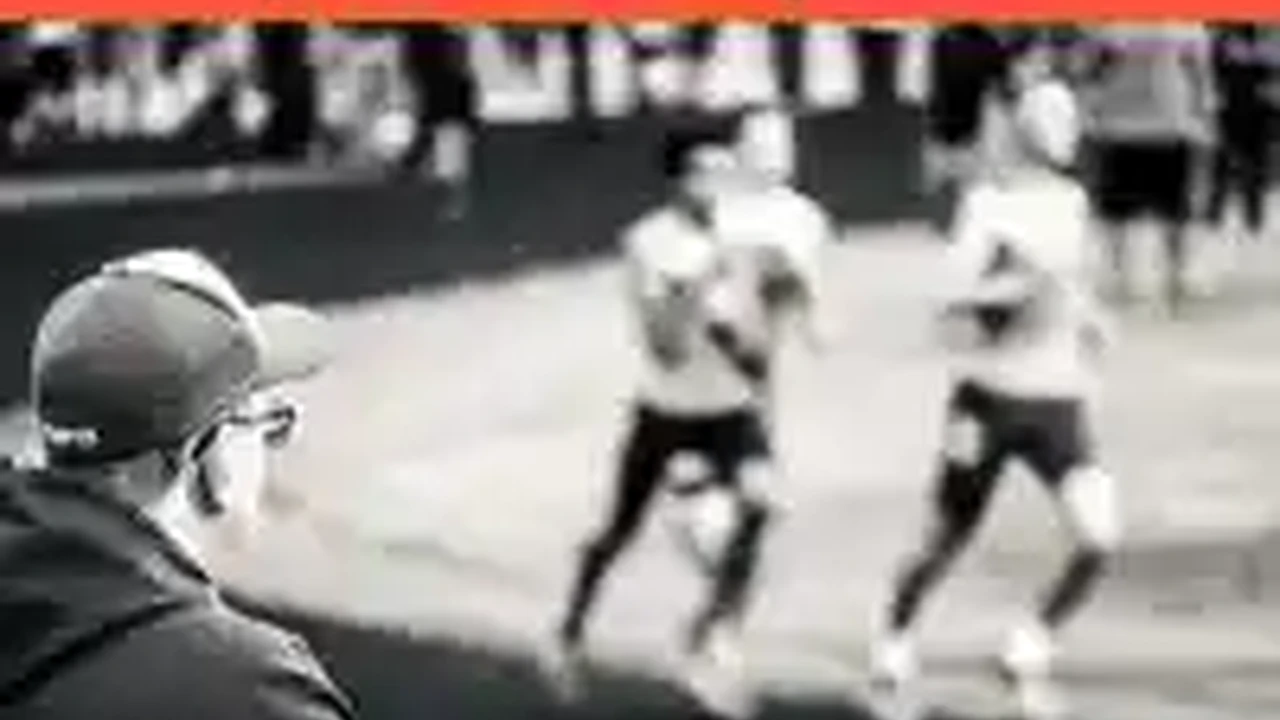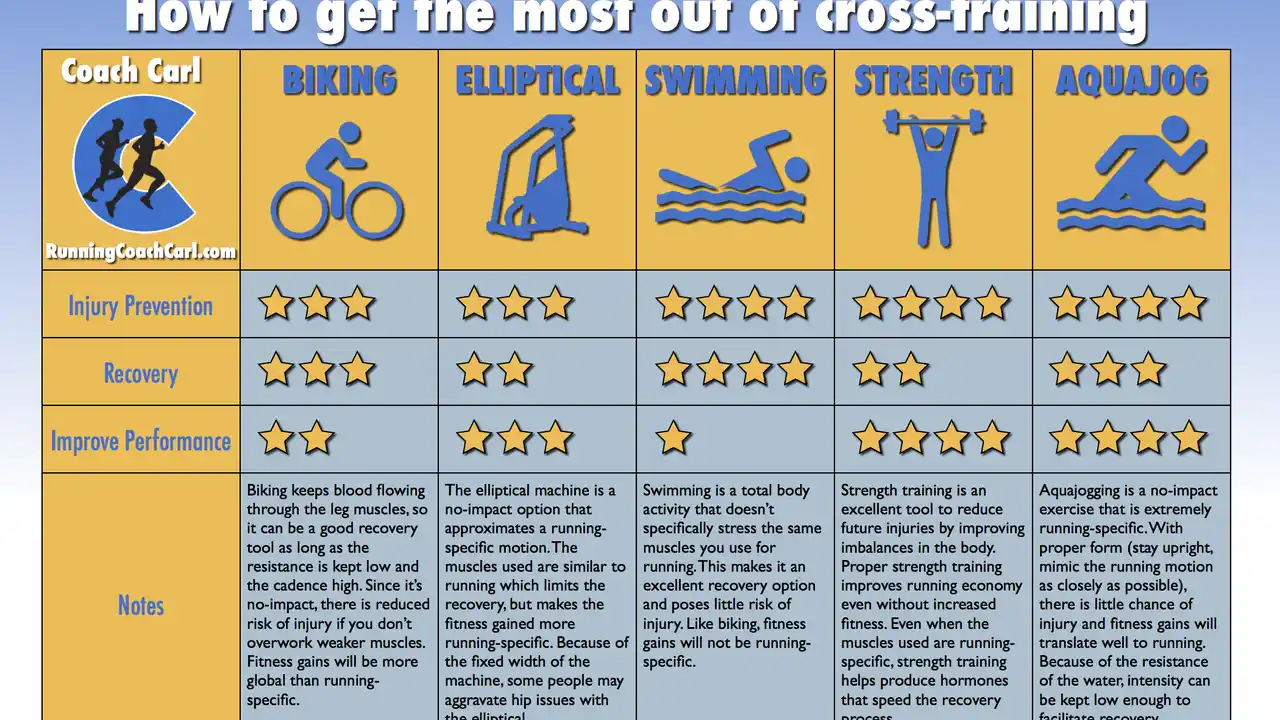Treating Ankle Sprains from Jogging
Treating Ankle Sprains From Jogging: A Comprehensive Guide to Recovery and Prevention

Understanding Ankle Sprains From Jogging Common Causes and Risk Factors
Ankle sprains are a common injury among joggers, ranging from mild discomfort to debilitating pain that can sideline you for weeks. Understanding the causes and risk factors associated with ankle sprains is crucial for prevention and effective treatment. Let's delve into the mechanics of this injury and explore how to minimize your risk.
An ankle sprain occurs when the ligaments that support your ankle are stretched or torn. Ligaments are strong, fibrous tissues that connect bones to each other and provide stability to joints. In the case of the ankle, ligaments connect the bones of the lower leg (tibia and fibula) to the bones of the foot (talus, calcaneus, and navicular).
Jogging, with its repetitive foot strikes and uneven surfaces, places significant stress on the ankle joint. This stress can lead to an ankle sprain if the ankle is forced into an unnatural position, such as rolling inward (inversion) or outward (eversion).
Several factors can increase your risk of experiencing an ankle sprain while jogging:
- Uneven Terrain: Running on trails, grass, or sidewalks with potholes can create unstable footing and increase the likelihood of an ankle roll.
- Inadequate Warm-up: Cold muscles and ligaments are more susceptible to injury. Failing to properly warm up before jogging reduces the ankle's flexibility and responsiveness.
- Improper Footwear: Shoes that lack adequate support or cushioning can contribute to ankle instability. Worn-out shoes also lose their shock-absorbing capabilities, increasing stress on the ankle joint.
- Weak Ankle Muscles: Weak muscles surrounding the ankle joint provide less support and stability, making the ankle more vulnerable to sprains.
- Previous Ankle Injuries: Individuals who have previously sprained their ankle are at a higher risk of re-injury. Ligaments that have been stretched or torn may not fully regain their original strength and stability.
- Poor Proprioception: Proprioception is your body's awareness of its position in space. Poor proprioception can lead to delayed reactions and an increased risk of ankle rolls.
- Overpronation or Supination: Overpronation (excessive inward rolling of the foot) and supination (excessive outward rolling of the foot) can place abnormal stress on the ankle joint.
- Rapid Changes in Direction: Quick turns and changes in direction can strain the ankle ligaments, particularly when performed at high speeds.
By understanding these causes and risk factors, you can take proactive steps to protect your ankles and minimize your risk of sprains. This includes choosing appropriate running surfaces, warming up thoroughly, wearing supportive footwear, strengthening your ankle muscles, and improving your proprioception. We will explore these preventative measures in more detail later in this guide.
Recognizing Ankle Sprain Symptoms Identifying Grades and Severity
Recognizing the symptoms of an ankle sprain is crucial for prompt treatment and preventing further damage. The severity of an ankle sprain is typically graded based on the extent of ligament damage. Understanding these grades will help you assess the seriousness of your injury and seek appropriate medical attention.
Common symptoms of an ankle sprain include:
- Pain: Pain is the most common symptom, ranging from mild discomfort to severe, sharp pain. The location of the pain will depend on which ligaments are injured.
- Swelling: Swelling around the ankle joint is another common symptom, often developing within minutes to hours after the injury.
- Bruising: Bruising may appear around the ankle and foot, indicating bleeding under the skin.
- Tenderness: The ankle will be tender to the touch, particularly over the injured ligaments.
- Stiffness: Stiffness and limited range of motion in the ankle joint are common after a sprain.
- Difficulty Walking: Depending on the severity of the sprain, you may have difficulty walking or bearing weight on the injured ankle.
- Popping Sensation: Some individuals may hear or feel a popping sensation at the time of the injury.
Ankle sprains are typically graded as follows:
- Grade 1 Sprain: This is the mildest type of ankle sprain, involving stretching or minor tearing of the ligaments. Symptoms include mild pain, swelling, and tenderness. You may be able to walk with minimal discomfort.
- Grade 2 Sprain: This involves a partial tear of the ligaments. Symptoms include moderate pain, swelling, and bruising. You may have difficulty walking and bearing weight on the injured ankle.
- Grade 3 Sprain: This is the most severe type of ankle sprain, involving a complete tear of one or more ligaments. Symptoms include severe pain, swelling, bruising, and instability in the ankle joint. You will likely be unable to walk or bear weight on the injured ankle.
It's important to note that these are general guidelines, and the severity of your symptoms may not always correlate perfectly with the grade of your sprain. If you suspect you have an ankle sprain, it's best to consult with a healthcare professional for an accurate diagnosis and treatment plan. They may perform a physical exam and order imaging tests, such as an X-ray, to rule out a fracture.
Early and appropriate treatment is essential for optimal recovery from an ankle sprain. Ignoring the symptoms or attempting to "tough it out" can lead to chronic pain, instability, and an increased risk of re-injury. In the following sections, we will discuss effective treatment strategies for ankle sprains, including the RICE protocol and rehabilitation exercises.
Immediate Ankle Sprain Treatment The RICE Protocol Explained
The RICE protocol (Rest, Ice, Compression, Elevation) is the cornerstone of immediate ankle sprain treatment. It's a simple yet effective method for reducing pain, swelling, and inflammation in the initial stages of recovery. Let's break down each component of the RICE protocol and explain how to implement it properly.
- Rest: The first and most crucial step is to rest the injured ankle. Avoid activities that put weight or stress on the ankle, such as walking, running, or standing for prolonged periods. Rest allows the injured ligaments to begin healing without further aggravation. You may need to use crutches to avoid bearing weight on the ankle, especially if you have a Grade 2 or 3 sprain. The duration of rest will depend on the severity of the sprain, but it's generally recommended to rest for at least 24-48 hours.
- Ice: Applying ice to the injured ankle helps to reduce pain, swelling, and inflammation. Ice constricts blood vessels, which limits blood flow to the area and minimizes swelling. It also helps to numb the pain. Apply ice packs or a bag of frozen vegetables wrapped in a thin towel to the ankle for 15-20 minutes at a time, every 2-3 hours. Avoid applying ice directly to the skin, as this can cause frostbite. Continue icing the ankle for the first 24-72 hours after the injury, or until the swelling begins to subside.
- Compression: Wrapping the injured ankle with a compression bandage helps to control swelling and provide support. Use an elastic bandage that is snug but not too tight. The bandage should be wrapped from the toes to above the ankle, ensuring even pressure throughout. Avoid wrapping the bandage too tightly, as this can restrict blood flow. Check for signs of restricted circulation, such as numbness, tingling, or increased pain. Remove the bandage if these symptoms occur. Wear the compression bandage during the day and remove it at night.
- Elevation: Elevating the injured ankle above the level of your heart helps to reduce swelling by promoting fluid drainage. When you're resting, prop your ankle up on pillows or a cushion. This will help to gravity to assist in reducing swelling.
The RICE protocol is most effective when implemented immediately after the injury. The sooner you start RICE, the better your chances of minimizing pain, swelling, and long-term complications. In addition to RICE, you may also consider taking over-the-counter pain relievers, such as ibuprofen or naproxen, to help manage pain and inflammation. However, it's important to follow the dosage instructions and consult with a healthcare professional if you have any underlying medical conditions or are taking other medications.
While the RICE protocol is an essential first step in treating an ankle sprain, it's not a substitute for professional medical care. If you have severe pain, difficulty walking, or suspect a fracture, seek medical attention promptly. A healthcare professional can accurately diagnose the severity of your sprain and recommend the appropriate treatment plan.
Ankle Sprain Rehabilitation Exercises Restoring Strength and Flexibility
Once the initial pain and swelling have subsided, it's time to begin rehabilitation exercises to restore strength, flexibility, and proprioception to your ankle. Rehabilitation is a crucial part of the recovery process, as it helps to prevent chronic ankle instability and re-injury. Here are some effective ankle sprain rehabilitation exercises to get you back on your feet:
- Range of Motion Exercises: These exercises help to restore flexibility and reduce stiffness in the ankle joint.
- Ankle Pumps: Sit with your leg extended and slowly point your toes up towards your shin, then point your toes down towards the floor. Repeat this motion 10-15 times.
- Ankle Circles: Rotate your ankle in a clockwise direction, then in a counter-clockwise direction. Repeat this motion 10-15 times in each direction.
- Alphabet Tracing: Use your big toe to trace the letters of the alphabet in the air. This exercise helps to improve range of motion and coordination.
- Strengthening Exercises: These exercises help to strengthen the muscles surrounding the ankle joint, providing stability and support.
- Towel Curls: Sit with your foot flat on the floor and place a towel underneath your toes. Curl your toes to grab the towel and pull it towards you. Repeat this motion 10-15 times.
- Marble Pickups: Place a bowl of marbles on the floor next to your foot. Use your toes to pick up the marbles one at a time and place them in another bowl. Repeat this exercise until all the marbles have been transferred.
- Resistance Band Exercises: Use a resistance band to perform various ankle strengthening exercises, such as plantarflexion (pointing your toes down), dorsiflexion (pointing your toes up), inversion (turning your foot inward), and eversion (turning your foot outward). Perform 10-15 repetitions of each exercise.
- Calf Raises: Stand with your feet flat on the floor and slowly rise up onto your toes, then lower back down. Repeat this motion 10-15 times. You can progress this exercise by performing single-leg calf raises.
- Proprioception Exercises: These exercises help to improve your body's awareness of its position in space, which is crucial for preventing ankle rolls and re-injury.
- Single-Leg Balance: Stand on one leg with your eyes open, then gradually progress to closing your eyes. Hold the balance for 30 seconds, then switch legs.
- Wobble Board Exercises: Stand on a wobble board or balance board and try to maintain your balance. You can progress this exercise by performing squats or other movements while balancing on the board.
- Agility Exercises: Perform agility exercises, such as lateral shuffles, cone drills, and jump rope, to improve your coordination and reaction time.
It's important to start slowly and gradually increase the intensity and duration of your rehabilitation exercises. Listen to your body and stop if you experience any pain. Consult with a physical therapist or athletic trainer for guidance on proper exercise technique and progression. They can also help you develop a personalized rehabilitation plan based on your specific needs and goals.
Remember that consistency is key to successful ankle sprain rehabilitation. Perform your exercises regularly and follow your healthcare provider's recommendations. With dedication and proper rehabilitation, you can regain full function of your ankle and return to your jogging routine safely.
Preventing Future Ankle Sprains Proactive Strategies for Joggers
Preventing ankle sprains is always better than treating them. As a jogger, you can take several proactive steps to protect your ankles and minimize your risk of injury. Let's explore some effective strategies for preventing future ankle sprains:
- Choose Appropriate Running Surfaces: Whenever possible, choose smooth, even surfaces for your jogging routes. Avoid trails with loose rocks, uneven terrain, or potholes. If you must run on uneven surfaces, be extra cautious and pay close attention to your footing.
- Warm Up Thoroughly: Before each jogging session, warm up your muscles and ligaments with dynamic stretching exercises. Dynamic stretches involve controlled movements that gradually increase your range of motion. Examples of dynamic stretches for the ankles include ankle circles, calf raises, and leg swings.
- Wear Supportive Footwear: Choose running shoes that provide adequate support and cushioning for your feet and ankles. Make sure your shoes fit properly and are not worn out. Consider consulting with a running shoe specialist to find the best shoe for your foot type and running style. Orthotics can also provide additional support and stability, especially if you have overpronation or supination.
- Strengthen Your Ankle Muscles: Regularly perform ankle strengthening exercises to improve the stability and support of your ankle joint. The exercises described in the rehabilitation section, such as towel curls, marble pickups, resistance band exercises, and calf raises, are also effective for preventing ankle sprains.
- Improve Your Proprioception: Practice proprioception exercises, such as single-leg balance and wobble board exercises, to improve your body's awareness of its position in space. This will help you react quickly to changes in terrain and prevent ankle rolls.
- Pay Attention to Your Body: Listen to your body and avoid pushing yourself too hard, especially when you're fatigued. Fatigue can impair your coordination and increase your risk of injury. If you feel any pain or discomfort in your ankle, stop jogging and rest.
- Bracing and Taping: Ankle braces or taping can provide additional support and stability, especially if you have a history of ankle sprains. Consult with a healthcare professional to determine if bracing or taping is appropriate for you.
- Gradual Progression: Increase your mileage and intensity gradually to avoid overloading your ankles. Avoid sudden increases in training volume, as this can put excessive stress on your joints and ligaments.
- Cross-Training: Incorporate cross-training activities, such as swimming or cycling, into your training routine to reduce the impact on your ankles.
By implementing these preventative strategies, you can significantly reduce your risk of ankle sprains and enjoy a long and healthy jogging career. Remember that prevention is an ongoing process, and it's important to be consistent with your warm-up, strengthening, and proprioception exercises.
Recommended Products for Ankle Sprain Recovery and Prevention
Several products can aid in ankle sprain recovery and prevention. Here's a look at some recommended items, their uses, comparisons, and pricing information (Note: Prices are approximate and may vary):
Ankle Braces
Ankle braces provide support and stability to the ankle joint, helping to prevent re-injury and reduce pain. They are particularly useful for individuals with a history of ankle sprains or those who participate in high-impact activities.
Product Recommendation: DonJoy Performance Webtech Ankle Brace
- Use Case: Provides moderate support for individuals recovering from ankle sprains or those seeking to prevent future injuries during jogging and other activities.
- Detailed Information: The DonJoy Performance Webtech Ankle Brace features a unique web pattern that provides targeted support and compression to the ankle joint. It is made from breathable materials that keep the ankle cool and comfortable. The brace is easy to put on and adjust, and it fits comfortably inside most shoes.
- Product Comparison: Compared to other ankle braces, the DonJoy Performance Webtech Ankle Brace offers a good balance of support and flexibility. It is more supportive than a simple sleeve but less restrictive than a rigid brace.
- Pricing: Approximately $50 - $70
Product Recommendation: ASO Ankle Stabilizer
- Use Case: Offers excellent support and stability for individuals with moderate to severe ankle sprains or chronic ankle instability. It's suitable for both athletic and everyday use.
- Detailed Information: The ASO Ankle Stabilizer features a figure-eight strap design that mimics the taping techniques used by athletic trainers. This design provides excellent support to the ankle joint, preventing excessive inversion and eversion. The brace is made from durable materials and is designed to withstand rigorous use.
- Product Comparison: The ASO Ankle Stabilizer is known for its superior support and stability compared to other ankle braces. It is a popular choice among athletes and healthcare professionals. However, it may be slightly more bulky and less comfortable than some other braces.
- Pricing: Approximately $40 - $60
Resistance Bands
Resistance bands are versatile tools for strengthening the muscles surrounding the ankle joint. They are inexpensive, portable, and easy to use.
Product Recommendation: TheraBand Resistance Bands
- Use Case: Used for performing various ankle strengthening exercises, such as plantarflexion, dorsiflexion, inversion, and eversion.
- Detailed Information: TheraBand Resistance Bands are made from high-quality latex and are available in a variety of resistance levels. They are color-coded to indicate the resistance level, making it easy to progress your exercises as you get stronger.
- Product Comparison: TheraBand Resistance Bands are a popular choice among healthcare professionals and fitness enthusiasts. They are durable, reliable, and provide consistent resistance. Compared to other resistance bands, TheraBand bands are known for their quality and longevity.
- Pricing: Approximately $10 - $20 per band
Product Recommendation: Fit Simplify Resistance Loop Exercise Bands
- Use Case: Similar to TheraBand, but in a loop format, making them easy to use for exercises like lateral walks and squats, which also engage ankle stabilizing muscles.
- Detailed Information: These loop bands are made from durable latex and come in a set with varying resistance levels. They're compact and easy to store.
- Product Comparison: Loop bands are often preferred for exercises where you need to maintain constant tension, like lateral walks. They are generally more convenient than tying a standard resistance band into a loop.
- Pricing: Approximately $15 - $25 per set
Foam Rollers
Foam rollers are used to release muscle tension and improve flexibility. They can be particularly helpful for loosening tight calf muscles, which can contribute to ankle problems.
Product Recommendation: OPTP PRO-Roller Soft Density Foam Roller
- Use Case: Used for self-massage of the calf muscles and other lower leg muscles to improve flexibility and reduce muscle tension.
- Detailed Information: The OPTP PRO-Roller is made from a soft density foam that provides gentle but effective muscle release. It is durable and easy to clean.
- Product Comparison: Compared to other foam rollers, the OPTP PRO-Roller is known for its soft density, which makes it more comfortable for beginners and individuals with sensitive muscles.
- Pricing: Approximately $30 - $40
Product Recommendation: TriggerPoint GRID Foam Roller
- Use Case: Similar to the OPTP roller, but with a firmer density and textured surface for a deeper massage.
- Detailed Information: The GRID foam roller features a patented design with different densities, allowing for targeted muscle release. It's durable and can withstand heavy use.
- Product Comparison: The TriggerPoint GRID is a more aggressive roller than the OPTP PRO-Roller. It's best suited for individuals who are comfortable with deep tissue massage and have a higher pain tolerance.
- Pricing: Approximately $35 - $50
Balance Boards
Balance boards are used to improve proprioception and balance. They are a valuable tool for preventing ankle sprains and improving overall stability.
Product Recommendation: Revolution 101 Balance Board
- Use Case: Used for improving balance, coordination, and proprioception.
- Detailed Information: The Revolution 101 Balance Board features a durable construction and a non-slip surface. It is suitable for individuals of all skill levels.
- Product Comparison: The Revolution 101 Balance Board is known for its smooth and stable ride. It is a popular choice among athletes and fitness enthusiasts. Compared to other balance boards, it offers a good balance of stability and challenge.
- Pricing: Approximately $80 - $100
Product Recommendation: Yes4All Wooden Wobble Balance Board
- Use Case: Similar to the Revolution board, but with a simpler design and lower price point.
- Detailed Information: This wobble board is made from durable wood and features a non-slip surface. It's a great option for beginners and those on a budget.
- Product Comparison: The Yes4All wobble board is less stable than the Revolution board, making it more challenging for advanced users. However, it's a good option for beginners who are looking for an affordable way to improve their balance.
- Pricing: Approximately $20 - $30
These are just a few of the many products that can aid in ankle sprain recovery and prevention. Consult with a healthcare professional or athletic trainer to determine which products are best suited for your specific needs and goals. Remember to use these products in conjunction with a comprehensive rehabilitation and prevention program.
When to Seek Professional Medical Attention For Ankle Injuries
While many ankle sprains can be effectively managed at home with the RICE protocol and rehabilitation exercises, it's important to know when to seek professional medical attention. Delaying or avoiding medical care can lead to chronic pain, instability, and an increased risk of re-injury. Here are some situations where you should consult with a healthcare professional:
- Severe Pain: If you have severe pain that is not relieved by over-the-counter pain relievers or the RICE protocol, seek medical attention. Severe pain may indicate a more serious injury, such as a fracture or a complete ligament tear.
- Inability to Bear Weight: If you are unable to walk or bear weight on the injured ankle, seek medical attention. This may indicate a Grade 3 sprain or a fracture.
- Significant Swelling or Bruising: If you have significant swelling or bruising around the ankle, seek medical attention. This may indicate a more severe injury or a blood clot.
- Deformity: If you notice any deformity in the ankle joint, such as a bone sticking out of place, seek immediate medical attention. This may indicate a fracture or dislocation.
- Numbness or Tingling: If you experience numbness or tingling in your foot or toes, seek medical attention. This may indicate nerve damage.
- Persistent Symptoms: If your symptoms do not improve after a week of home treatment, seek medical attention. This may indicate a more complex injury or an underlying medical condition.
- History of Ankle Problems: If you have a history of ankle sprains or other ankle problems, seek medical attention for any new ankle injury. This will help to ensure that you receive appropriate treatment and prevent chronic instability.
A healthcare professional can accurately diagnose the severity of your ankle sprain and recommend the appropriate treatment plan. They may perform a physical exam and order imaging tests, such as an X-ray or MRI, to rule out a fracture or other serious injury. They can also provide guidance on rehabilitation exercises and other strategies to help you recover fully and prevent future ankle sprains.
Don't hesitate to seek medical attention if you have any concerns about your ankle injury. Early diagnosis and treatment can help to prevent long-term complications and ensure that you can return to your jogging routine safely and comfortably.
:max_bytes(150000):strip_icc()/277019-baked-pork-chops-with-cream-of-mushroom-soup-DDMFS-beauty-4x3-BG-7505-5762b731cf30447d9cbbbbbf387beafa.jpg)






